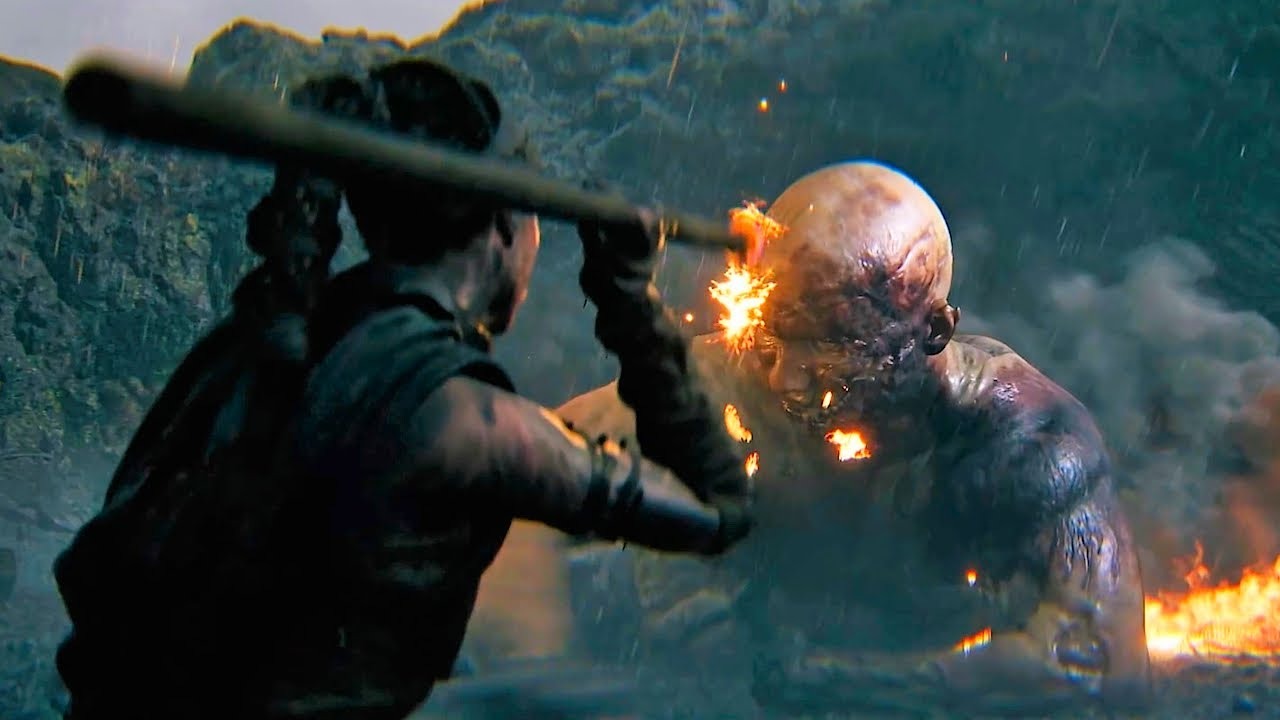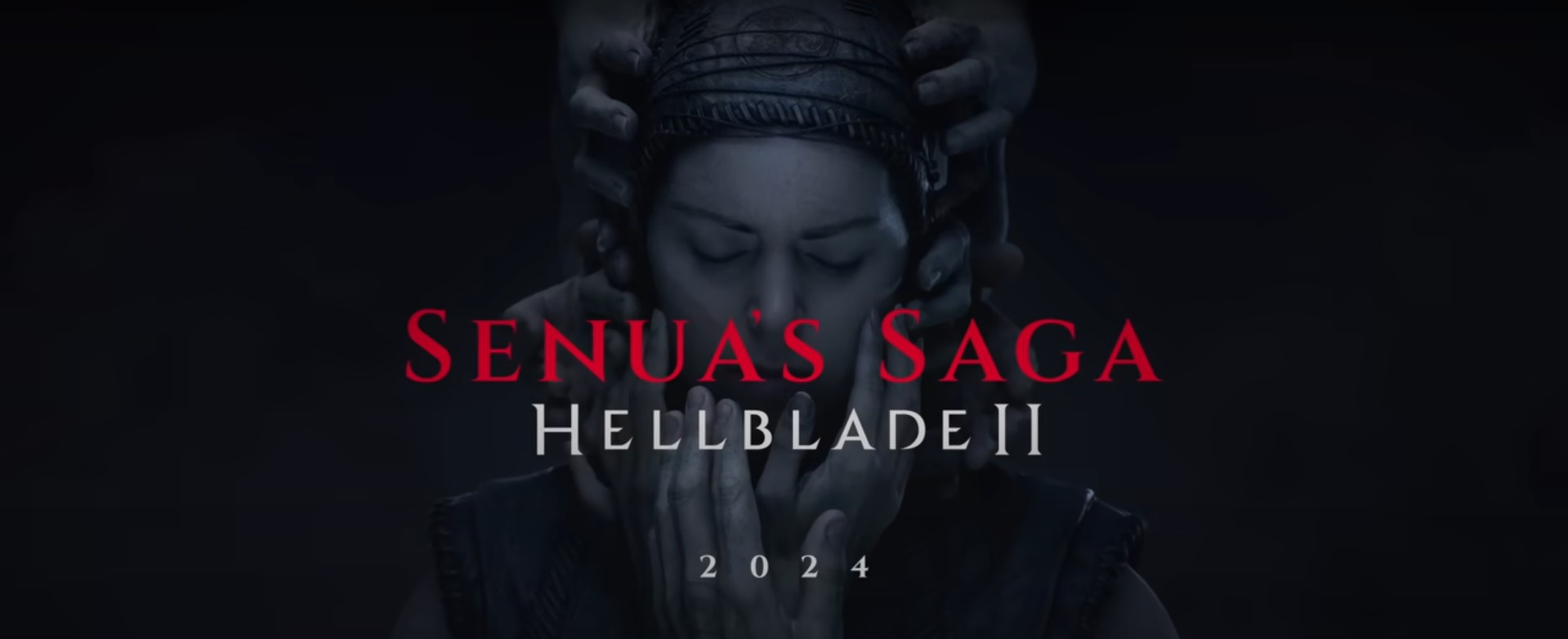Hellblade: Senua’s Sacrifice didn’t need a sequel. She had a clear story to tell, and she told it well with a witty (and restrained) execution of her mental health issues and a solid conclusion. But Senua’s saga: Hellblade II is a great matter for itself, using the growth of the title wrestler to help not only herself, but also others around her for the first time, and shed a fascinating new light on her. Refined gameplay and an awesome presentation will make the second excursion more satisfying.
Since the completion of the first game, Senua is a little older, a little wiser and has more confidence. Although the psychosis-related voices in his head still underline each of his thoughts (headphones are highly recommended because of the fantastic and effective 3D audio), he has largely accepted and accepted them. This time, the voices influence the game less directly and are largely used as effective narrative flourishes – audible manifestations of their innermost thoughts and fears.

Senua’s journey takes her to a new land to put an end to the slave traders who have devastated her homeland. As this story turns into something much grander and more fantastic, I have been enjoying the new emphasis on camaraderie. Melina Jurgens delivers another phenomenal performance as Senua, and she is supported by an equally impressive supporting cast. It is rewarding to see how Senua interacts and travels with a small group of nice and interesting allies, using the lessons of their struggles to help them overcome their own darkness. Not only does it feel like satisfying growth, but your recognizable fears of leading you astray add a gratifying dimension to your already compelling character. Watching Senua action old demons while they raise their heads is also a realistic and refreshing portrait of the constant struggle for mental health. His triumph in the first match was not and should not be a one-time victory.
The adventure feels more digestible and coherent in the conventional sense, as it deals with an exciting and disturbing pantheon of deadly giants. The first game told a small and devoted story, but this story feels closer to an epic, without losing its thoughtful element. With a running time of about seven hours, the story wisely does not linger too long in its welcome and feels like the first game is focused. You are here for a good emotional moment, not for a long time.
Now that Senua has companions to joke with, the voices she hears have the unfortunate habit of talking about crucial dialogues. From an artistic point of view, and I say this as someone who has never experienced psychosis, trying to separate them in order to focus on a conversation helped me to empathize with Senua’s everyday experience. But as a game, the constant babbling of voices turned out to be a real obstacle when I wanted to listen to someone else. When the game tries to separate the two, it occasionally creates an awkward conversational cadence with strange and inappropriate pauses during the conversations to fit into an outburst of internal speech dialogues.

The devoted one-on-one action experiences remain largely the same, but with a dazzling visual and cinematic improvement, minus some old annoyances. Enemies no longer blind you from the off, which means that the action will always remain in front of you. Sword duels remain a repetitive but entertaining dance, dodging powerful blows and performing satisfying stops to fill a time-lagging focus measurement, which, after triggering, allows Senua to briefly perform an unhindered strike. Although I enjoyed taking out equally armed enemies, the game admirably mixes the enemy variety with challenging threats that slip through your hands irregularly or, even more annoying, throw fire. Evading the latter’s flame-based strike turned out to be difficult to evade visually, so I often striked them and other annoyances by activating my approach to quickly eliminate them as soon as they entered the field. Fortunately, Ninja Theory removed the permanent progressive death penalty from the first game, so dying here has no consequences, and you quickly return to the action again.
Eliminating threats leads to smooth and varied transitions to the next enemy, which makes the actions feel like an interactive movie in the most complementary way. This is just a microcosm of the game’s awesome production values; Hellblade II is possibly the most beautiful game I’ve ever played. From fantastic and subtle facial animations to the great lighting of its idyllic landscapes to the nightmarish designs of the Nordic opponents, Hellblade II is one of the few titles that really looks like the next generation. The best part is that the alleged budget increase does not only lead to an increase in loyalty. The creative artistic accents of the first game are preserved and are marked up to eleven, with stunning kaleidoscopic effects and dreamy lighting and visual effects. Hellblade II is not only technically impressive; it’s really appealing to think of it as a work of art.
Exploring this stunning world is also more fun thanks to the greater variety of puzzles. Puzzles based on the perspective of “detecting stealth in the environment”, which were fun but overused in the last game, are drastically reduced and distributed more evenly over the adventure. Other challenges, such as solving light puzzles to navigate through a dark cave full of terror, or building paths with world-changing magic, are appropriately entertaining and complete the journey. Venturing beyond the usually linear paths to discover secret totems or mystical trees spinning fragmented threads is fun, even if the idea collides conceptually with narrative wanderings. It’s hard to concentrate on a specific conversation when I really want to tear myself away and search every surface nearby for a hidden path.

Senua’s Saga: The conclusion of Hellblade II ends on another strong note, and despite my initial reservations about continuing Senua’s story, I’ve happily gone to see her defeat new monsters, both literal and metaphorical. I’m glad that Ninja Theory has escaped the temptation to turn this formula into something much bigger than necessary: this is not the Xbox God of War; it’s a better Hellblade. The first game is a famous example of the fact that you don’t have to be funny in the traditional sense to get involved. This sequel conveys more engaging emotions while retaining the thoughtful storytelling and artistry that few triple-A games possess.




